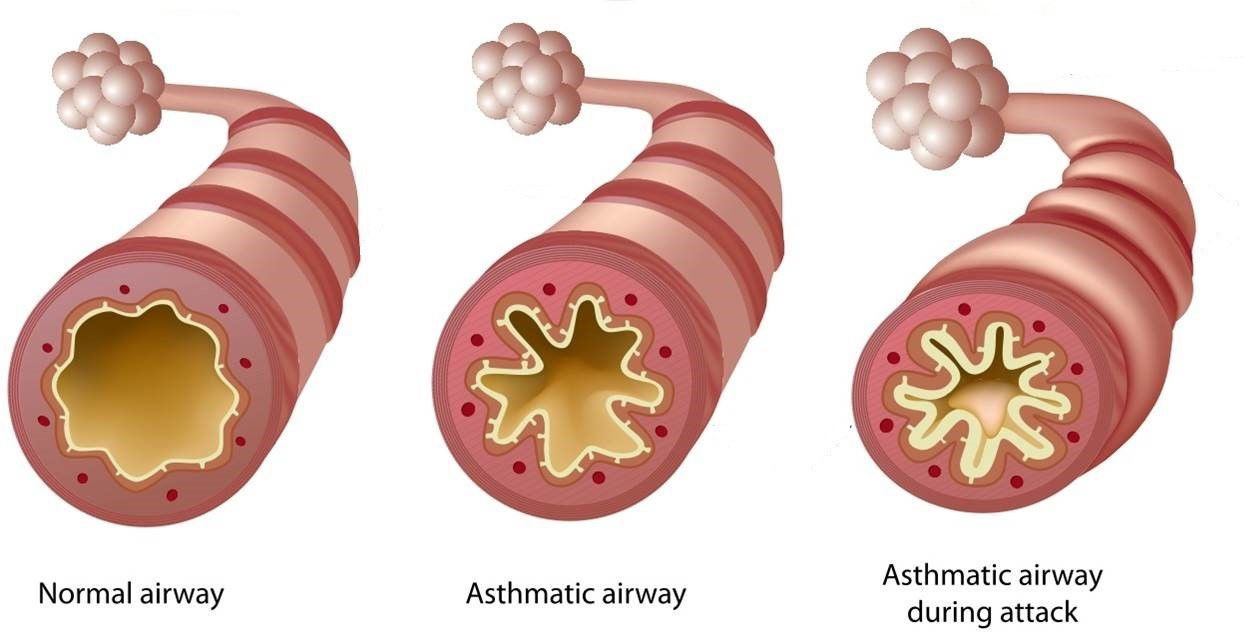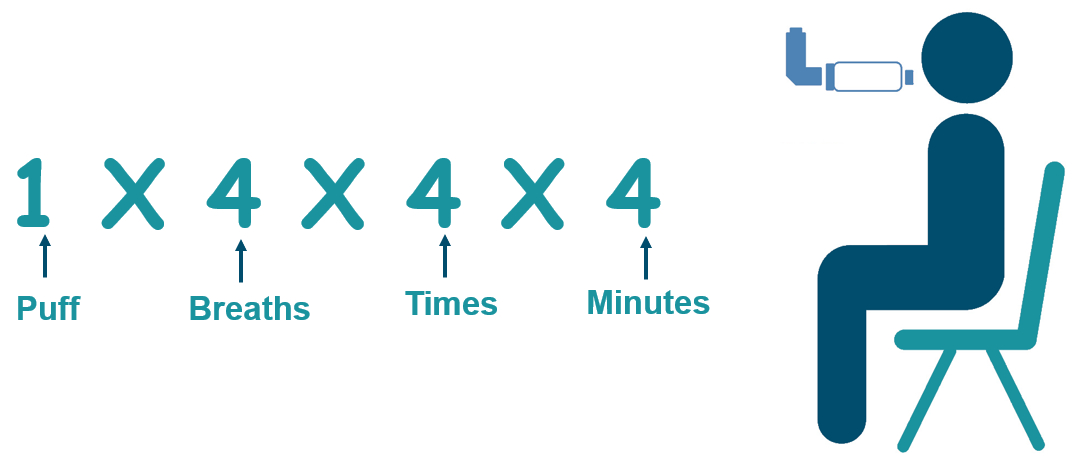Asthma Attacks - identify, recognise and respond.
Have you ever had an asthma attack before? Have you ever seen someone have difficulty breathing and didn’t know what to do.
I have found that early intervention when you follow the 4x4x4 treatment for someone having an asthma attack will hopefully improve their breathing quickly and allow them to continue in their day.
Research tells us that there are many triggers associated with people suffering from asthma. I think there are 5 simple categories for triggers of an asthma attack:
- Physical activity
- Walking, running, swimming, jumping
- Environmental
- Air quality, air temperature, smoke, dust, chemical fumes, perfumes and spray deodorant, backburning
- Illness
- Respiratory conditions, colds, influenza, tonsillitis, laryngitis, medications, COVID-19
- Allergens
- Pollen, food, animals, chemicals, dietary irritations, beestings
- Emotions
- Stress, anxiety, phobias
Research also tells us that there are common signs and symptoms for an asthma attack. The standard signs and symptoms we are looking for are difficulty breathing, wheezing and persistent cough and shortness of breath. However, there are levels to a casualty’s asthma attack below:
Mild attack
- Cough
- Soft wheeze
- Minor difficulty breathing
- No difficulty speaking.
Moderate attack
- Persistent cough, loud wheeze
- Obvious difficulty breathing
- Able to speak short sentences.
Severe attack
- Very distressed, anxious
- Gasping for breath
- Able to speak only a few words with a gasp or in one breath
- Pale and sweating
- Blue in lips

So what is the treatment for someone who is experiences an asthma attack
- Follow DRSABCD
- Remove the trigger. If unable, remove the casualty
- Sitting position and reassure casualty
- Send for their medication
- Administer reliever inhaler 4x4x4
- 1 puff
- 4 breaths
- 4 times
- wait 4 minutes
- If no improvement, provide further 4x4x4 as above
- If little or no improvement within minutes, call Triple Zero (000) for an ambulance

Now you have learnt how to identify triggers, recognise signs and symptoms and respond with treatment when someone is experiencing an asthma attack. To learn more about what is asthma in Australia head to the What is Asthma? blog.
If you have found value from this blog, leave a comment, subscribe on the home page for future blogs, share it with your friends, visit my Instagram and Facebook pages @thefirstaidtrainingguy or leave a google review.